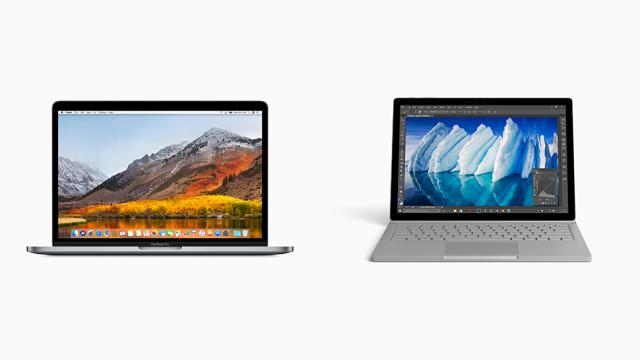So you’ve decided its time to abandon your lifelong love of Apple machines and make the jump to the Surface Laptop instead; or maybe you’ve realised you just can’t live without a Touchbar-enabled MacBook Pro and are ready to wave goodbye to Windows because of it.
Image: Apple/Microsoft
We now do more of our computing inside a browser — if you’re a heavy Chrome and web app user then you’ll have a very smooth transition. There are, however, still some speed bumps along the way whether you’re going from Microsoft to Apple or back the other way. So if you know the tips below than making the switch will be a lot easier.
Desktop programs
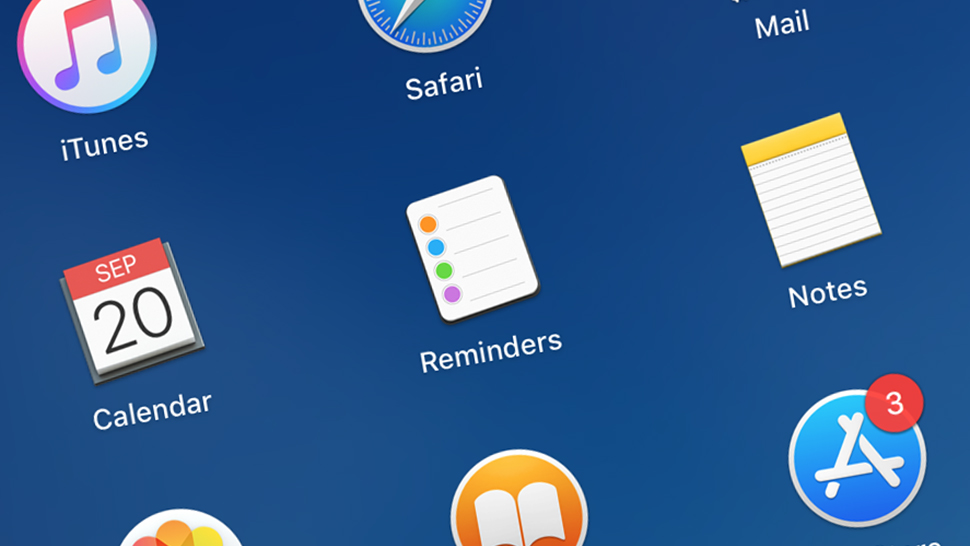
Image: Screenshot
Many of the big name desktop programs out there — those that are left — have both Windows and macOS versions available. Chrome, Firefox, Spotify, Office, iTunes, Photoshop… in all these cases you can simply download the equivalent program (though in the case of iTunes you’ll need to move your media library over too, or at least the parts not stored on Apple’s servers).
The big misses are if you’re going from macOS to Windows, because you won’t get access to any of Apple’s apps bar iTunes: It’s time to say so long to Mail, Maps, Pages, Numbers, Keynote and so on, though you can still access the web versions of these apps up on iCloud. If you have a ton of files stored in Apple’s favoured office formats, you might want to consider converting them before heading over to Windows for good.
Installing and removing programs works pretty differently on the two platforms, but you’ll soon get used to it. On macOS you have the choice of the old-school Applications folder and new-school Launchpad for finding your programs, and applications can be uninstalled simply by dragging them to the Trash. In Windows, you need to make your way to the recently added Apps entry in Settings.
Finder and Windows Explorer
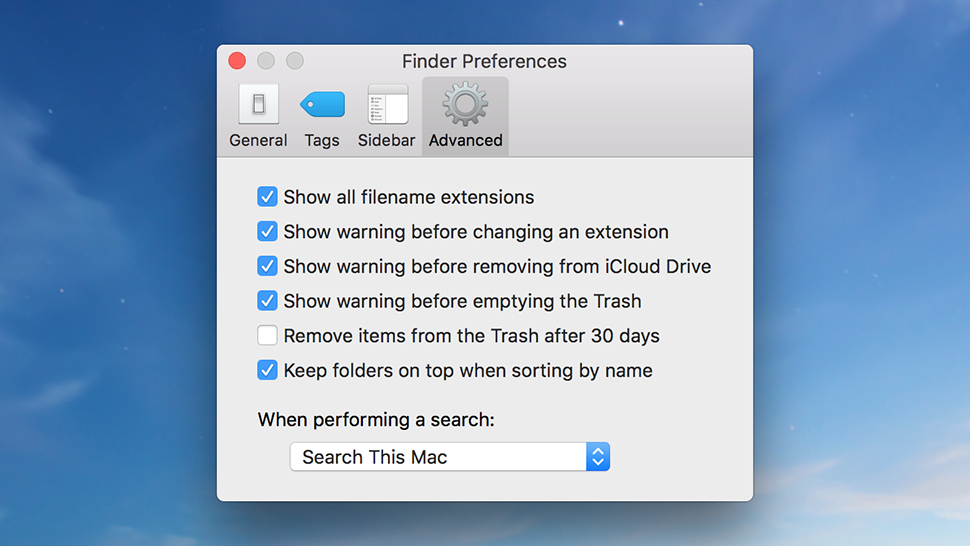
Image: Screenshot
Finder and Windows Explorer do similar jobs but are pretty different beasts, and if you spend a lot of time manipulating files on your OS then getting used to a new way of working is going to take you some time: From the All My Files view that Finder puts you in by default (a big long list of all your files) to the way Windows puts more options instantly available on the ribbon menu, there’s a lot to take in.
Most of the time if you’re missing something from Finder you had in File Explorer, or vice versa, you can find a replacement if you dig deep enough. Windows Explorer displays a folder path by default, for example, which Finder does not, but you can bring one up on screen by opening the View menu and choosing Show Path Bar.
Of course you’ve also got the Dock and the Start menu to deal with too, but these parts of the OSes are relatively similar and easy to understand.
There’s no real quick fix or shortcut for making the transition between these two file managers, it’s just something to be aware of — you’re initially going to need to look up plenty of help online to work out how to do something in one file explorer that always felt like second nature in the other. In general, you’ll be doing more dragging and dropping on a Mac and more hitting keyboard shortcuts and clicking around on Windows.
Keyboard shortcuts and mouse clicks
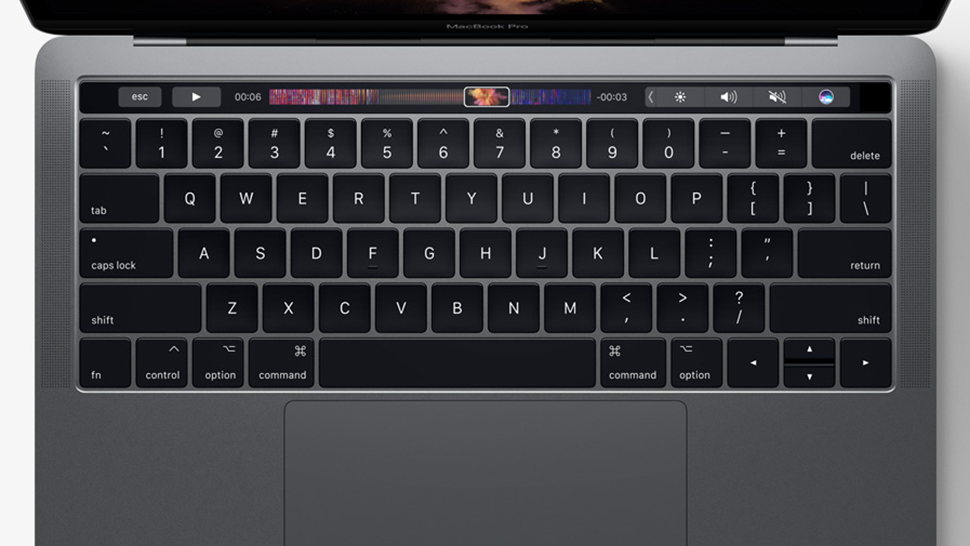
Image: Apple
For a lot of users the biggest frustration to begin with is going to be relearning all the necessary keyboard shortcuts and mouse click combinations to complete simple tasks like opening new tabs or copying files. For example, right-click is central to a lot of what happens on Windows. It is replaced by a two-finger trackpad click on the laptop version of macOS. Head here for a brief overview of the most commonly used Windows keyboard shortcuts, and here for the same on the Mac.
A lot of the time you’re going to be replacing the Ctrl key with the Cmd key (also known as the Apple key) and vice versa. Yet it’s not always that simple. What’s more, the function keys you may have got used to on Windows for editing filenames, closing applications, and so on, are pretty well hidden over on the Mac and work in different ways too. As you’ll see from a quick glance on the Mac keyboard, the function keys handle shortcuts like media playback and screen brightness by default.
It’s simply a question of retraining your muscle memory to cope with a new way of working, but again be prepared for it to take some time. In fact as long as you’re switching completely from one operating system to another you should be fine, eventually — it’s people who use both setups regularly, like long-suffering tech journos, who will most often get their digits or clicks in a twist.
Your photos and videos
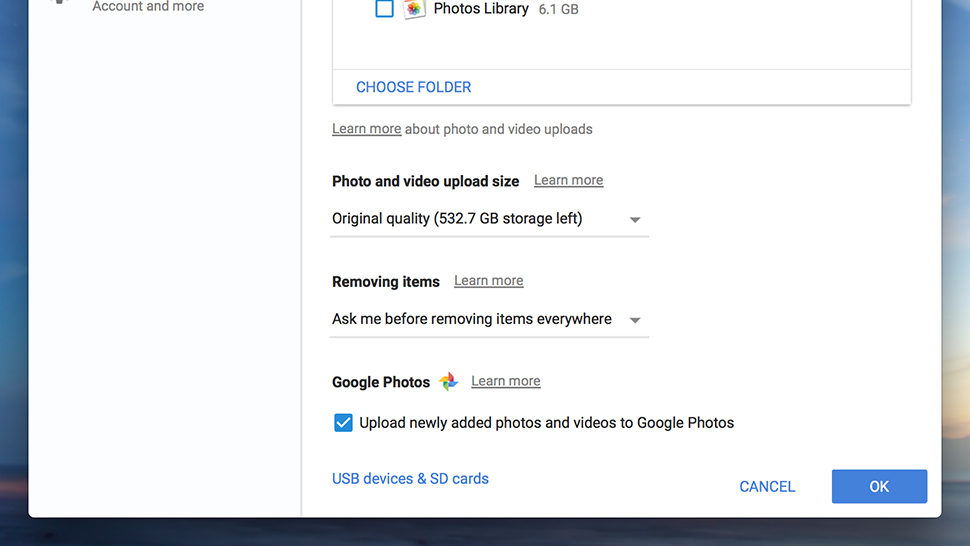
Image: Screenshot
Your personal photos and videos are probably some of the most precious digital possessions you have and you shouldn’t attempt to jump between Microsoft and Apple operating systems without first considering what you’re going to do with all these files, whether it’s uploading them to a cloud service or putting them on an external hard drive (or preferably both for extra safe-keeping).
macOS is very particular about how it handles photos and how it keeps your media library arranged, and you don’t get a simple system of files and folders as you might do elsewhere: In other words, you can’t just copy and paste all your photos and videos over to Windows.
Your best bet is moving to some kind of platform-agnostic service, at least temporarily, and we’ve previously done a full guide to transitioning between Apple Photos and Google Photos — essentially you need the new Backup & Sync tool from Google installed on your Mac.
You don’t have to use Google Photos though: Dropbox is another option, or you could upload all your images and video clips straight to OneDrive on the web to ready for the switch to Windows.
Going in the other direction is a bit more straightforward, because Microsoft’s OS doesn’t take such tight control over your photos and videos, for better or worse — transferring from an external hard drive or cloud service is easy enough, or you could even get iCloud for Windows before you change platforms.
Patience is a virtue
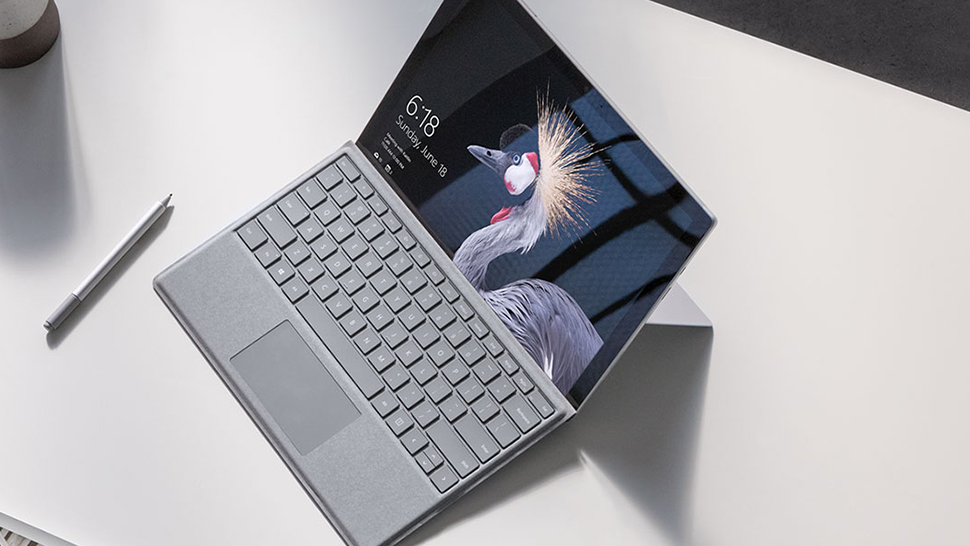
Image: Microsoft
Going through every detail of switching from Windows to macOS or macOS to Windows would take forever, and the process is going to differ for everyone. Broadly speaking though, if you’re wondering how much of a headache the jump is going to be, the answer is not that much.
Thanks to the rise of cloud services and refinements to Windows and macOS, it’s easier now than it’s ever been — just make sure you’re going to be able to move all your key programs and all your key files over.
As we’ve said, the biggest frustrations are going to be with shortcuts and app layouts and adapting to new interfaces and ways of working — it’s a bit like moving to a new apartment where you’ve got all the same stuff, just arranged differently. And where the landlord has a few different ideas about what exactly an apartment should be.
Apply some time and patience and resist the temptation to smash the keyboard as you accidentally launch the app switcher instead of shutting down a window.
Not everyone wants to or has the opportunity to use macOS and Windows together, but again this isn’t difficult to do with the modern versions of these OSes, and can get you the best of both worlds if you’ve got the space and budget for two computers at home.
OK, you’re not going to be able to AirPlay an iTunes movie over to your Windows box very easily, but with tools like Dropbox and Google Chrome around, the multi-platform life isn’t all that much of a challenge any more.
